12 Vintage Office Party Traditions That Wouldn’t Fly in a Modern Workplace
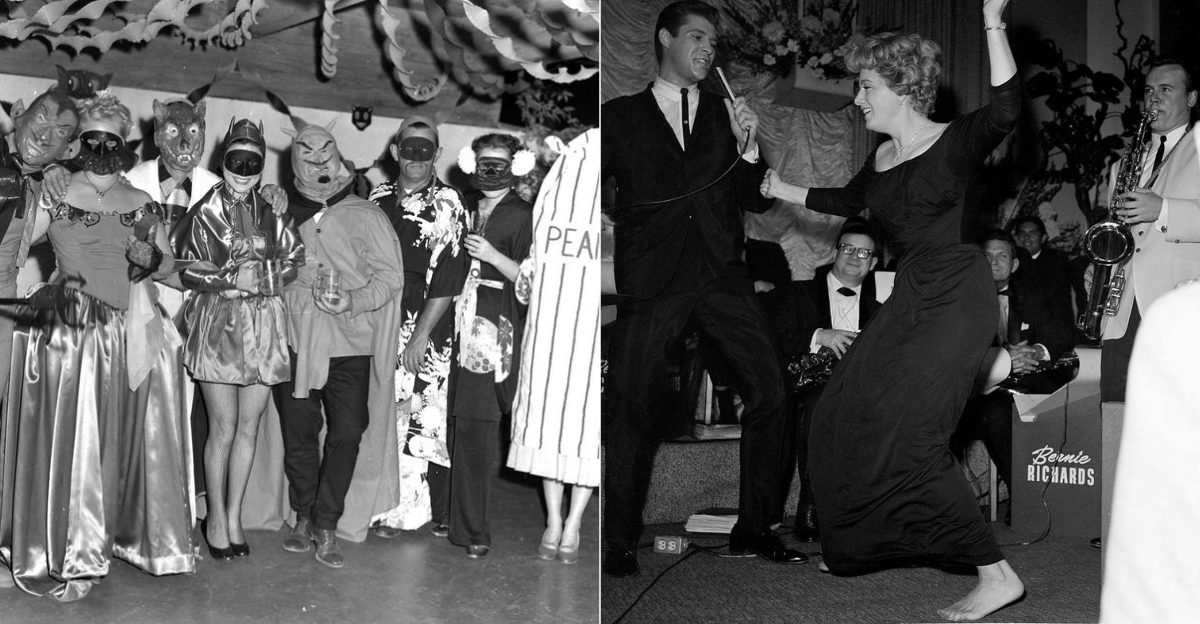
Remember when office parties were a wild west of questionable choices and HR nightmares? Back in the day, workplace celebrations operated under completely different social norms.
What was once considered typical fun would now result in serious consequences, lawsuits, or at minimum, uncomfortable meetings with management.
1. Three-Martini Lunch Extravaganzas
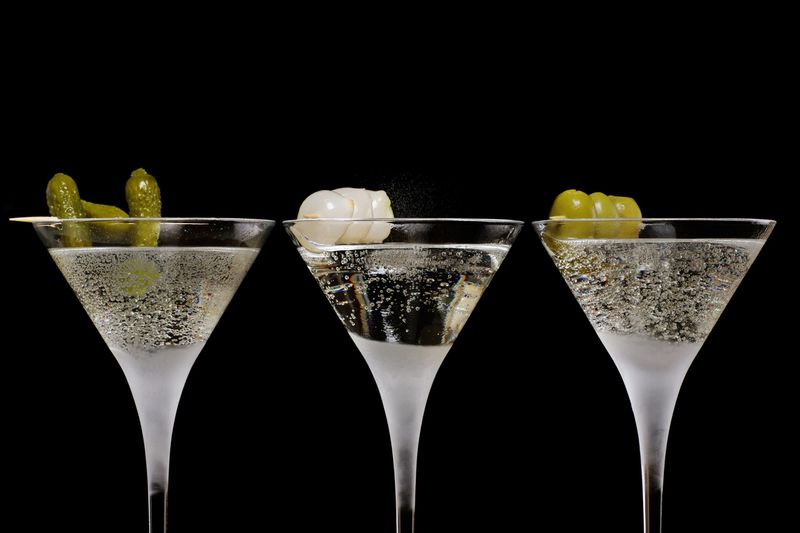
Liquid lunches weren’t just accepted but practically mandatory! Executives would return to afternoon meetings glassy-eyed after downing multiple martinis with clients.
Expense accounts covered these boozy midday affairs without question. The afternoons that followed were a parade of slurred speech, questionable decisions, and the occasional executive napping at their desk.
2. Secretary Appreciation Pageants
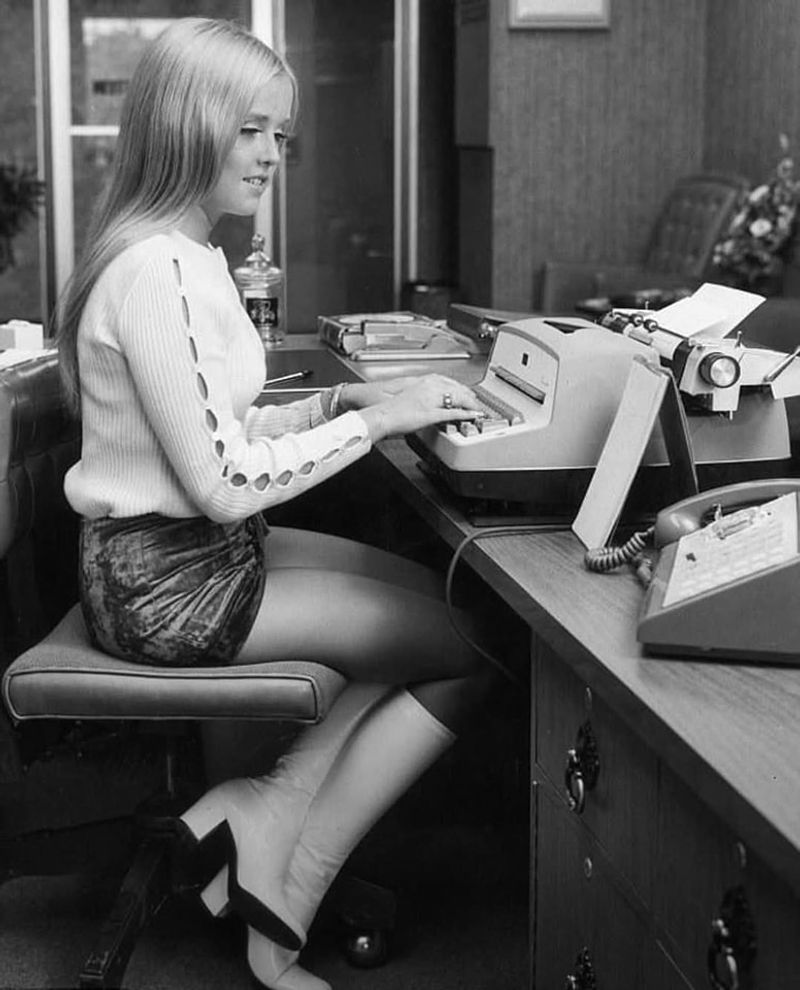
Beauty contests disguised as “appreciation events” once had female secretaries parading before mostly male managers. These pageants awarded titles like “Most Charming Smile” or “Best Office Legs.”
Women endured these demeaning competitions to appear team-oriented. The “prizes” typically included gendered gifts like perfume or kitchen appliances, perpetuating stereotypes that would trigger immediate HR interventions and potential lawsuits in today’s workplace.
3. Smoke-Filled Conference Rooms
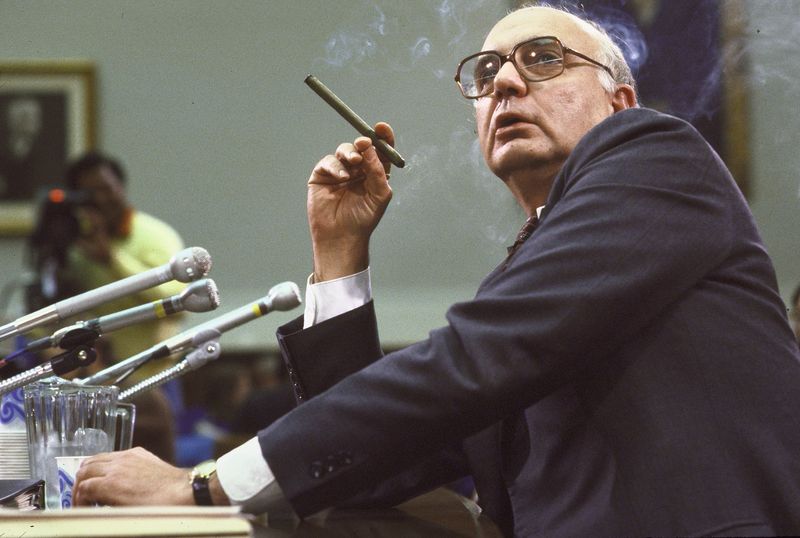
Cigarette smoke once created a permanent haze in meeting rooms during office celebrations. Ashtrays overflowed while employees chain-smoked through presentations and toasts.
Nobody considered non-smokers’ comfort or health concerns. The combination of alcohol and tobacco created a sensory assault that left clothes and hair reeking for days afterward.
Modern clean air regulations and health awareness have thankfully cleared the air in today’s workplaces.
4. Booze-Soaked Company Retreats
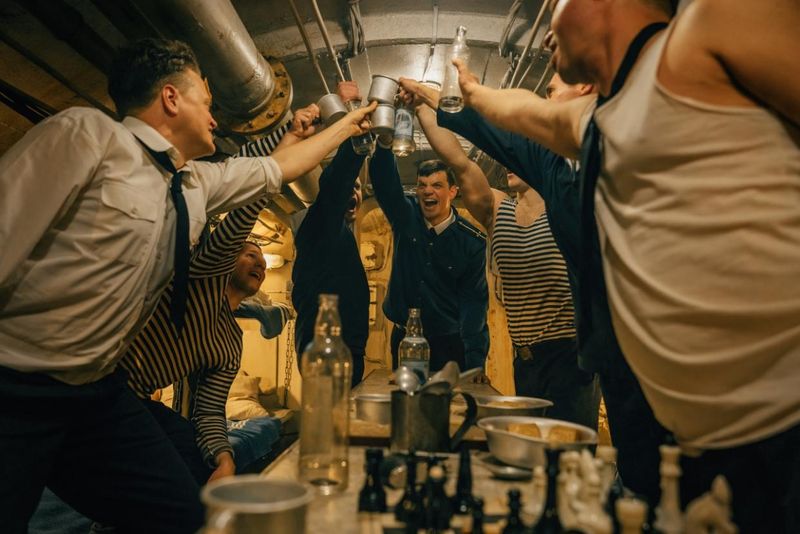
Weekend corporate retreats once centered around unlimited alcohol and minimal supervision. These getaways featured legendary drinking contests and embarrassing late-night antics that became office folklore.
Monday mornings brought hushed conversations about who photocopied what body part or which executives were caught skinny-dipping.
Today’s team-building events focus on actual team-building rather than creating career-limiting moments that haunt employees for years afterward.
5. Secretaries Planning Personal Parties
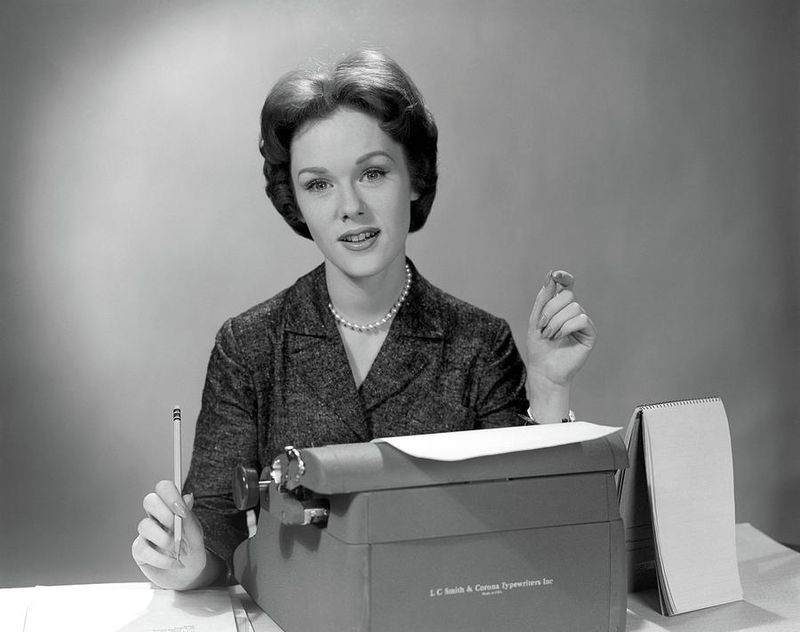
Female administrative staff were routinely expected to plan, shop for, and execute office celebrations—on top of their regular duties. This unpaid party planning included buying gifts for the boss’s wife and children.
These personal tasks extended to decorating, serving food, and cleaning up afterward. The assumption that party planning was “women’s work” reflected deeply ingrained gender roles that modern workplaces have largely abandoned.
6. Mandatory After-Hours Socializing
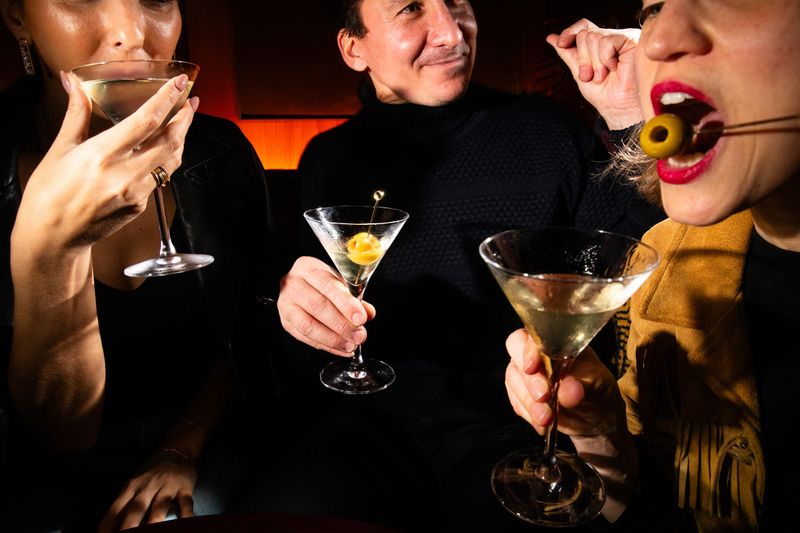
Career advancement once hinged on participation in after-work drinking sessions that stretched into the wee hours. Declining these “optional” gatherings carried serious professional consequences.
Parents, particularly mothers, faced impossible choices between family responsibilities and career opportunities.
These extended booze-fueled evenings created an exclusive club where important decisions were made outside official channels.
7. Gifting the Boss Extravagantly

Employees once pooled significant sums to purchase lavish gifts for managers during holidays. Junior staff who could least afford it faced intense pressure to contribute generously.
These expensive offerings resembled tribute payments more than tokens of appreciation. The practice created uncomfortable power dynamics and financial strain.
Modern workplaces have largely shifted to Secret Santa exchanges with reasonable price limits or charitable donations that avoid hierarchical gift-giving altogether.
8. Spouse Talent Showcases
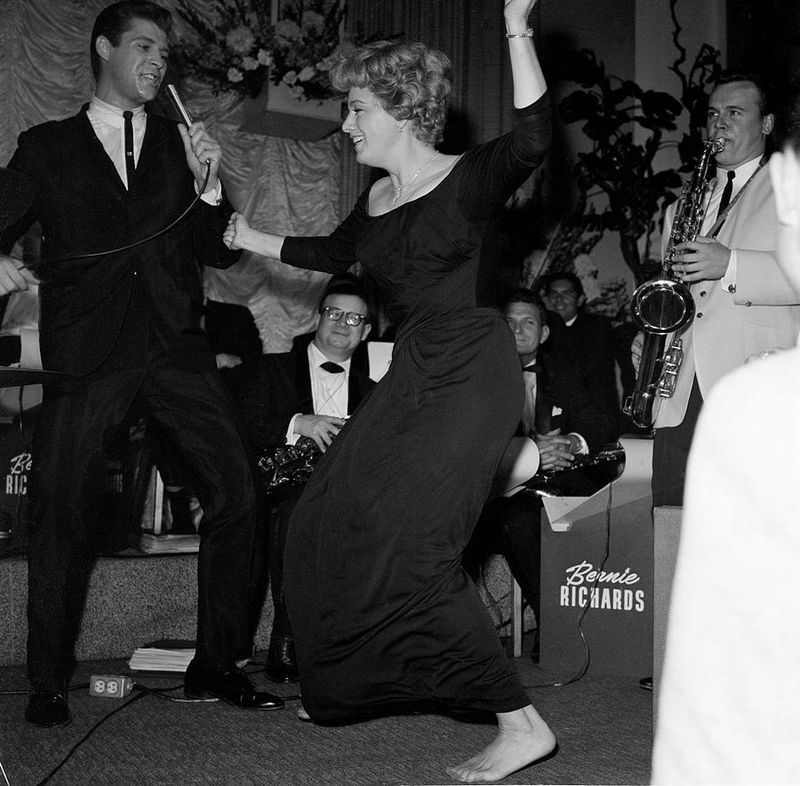
Holiday parties once featured bizarre talent competitions where employees’ wives performed for the amusement of colleagues and executives. These showcases typically involved singing, piano playing, or other “ladylike” talents.
Women were evaluated not just on performance but appearance, creating uncomfortable pressure. The assumption that wives existed as extensions of their husbands’ professional personas reflected deeply problematic gender expectations that today’s workplace culture has largely rejected.
9. Costume Parties Without Boundaries
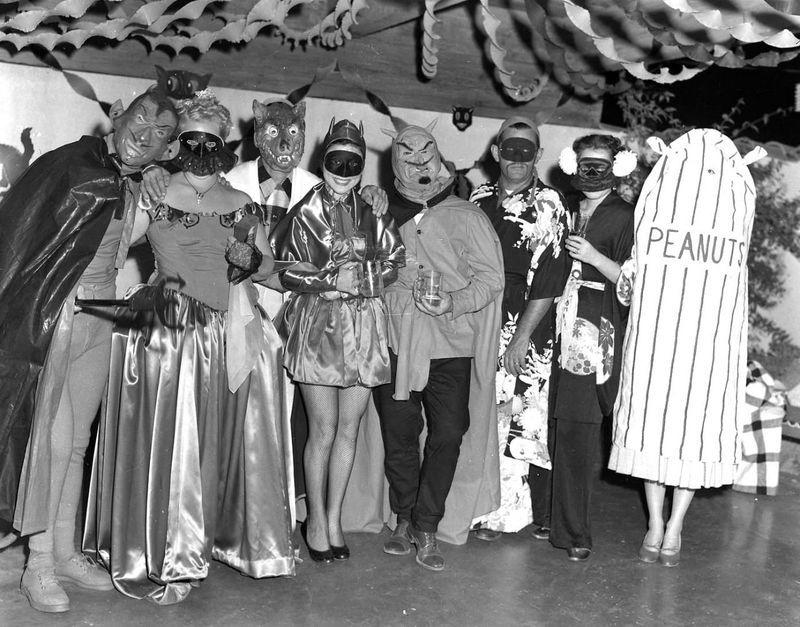
Office costume parties once featured wildly inappropriate outfits that mocked racial, ethnic, and gender stereotypes. Blackface, Native American headdresses, and exaggerated cultural caricatures were common and photographed for company newsletters.
Nobody questioned these offensive choices. Today, increased cultural awareness has eliminated these hurtful representations from workplace celebrations.
Modern costume guidelines emphasize creativity without crossing into territory that marginalizes or demeans any group’s identity, history, or appearance.
10. Alcohol-Fueled Performance Reviews
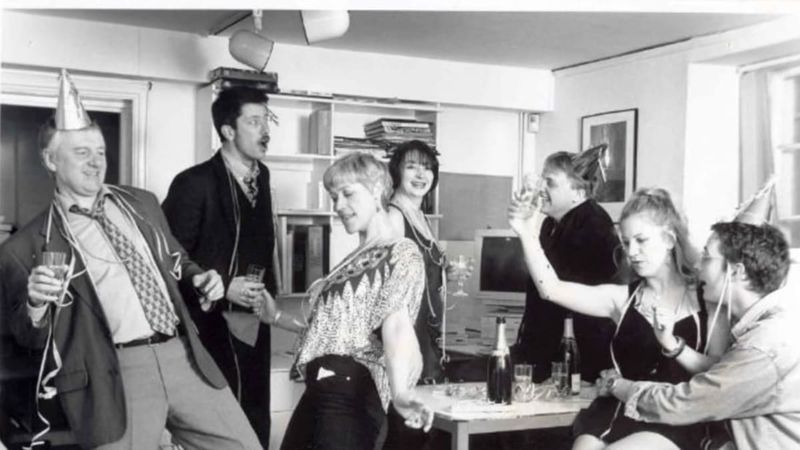
Year-end celebrations sometimes doubled as impromptu drunken performance reviews. Managers would corner employees at the holiday party to deliver brutally honest feedback after several drinks.
These uninhibited assessments often included personal comments unrelated to job performance.
Employees learned to strategically avoid certain executives at parties or risk starting the new year with crushed confidence or inappropriate promises of advancement based on non-professional criteria.
11. Separate Parties by Gender or Rank
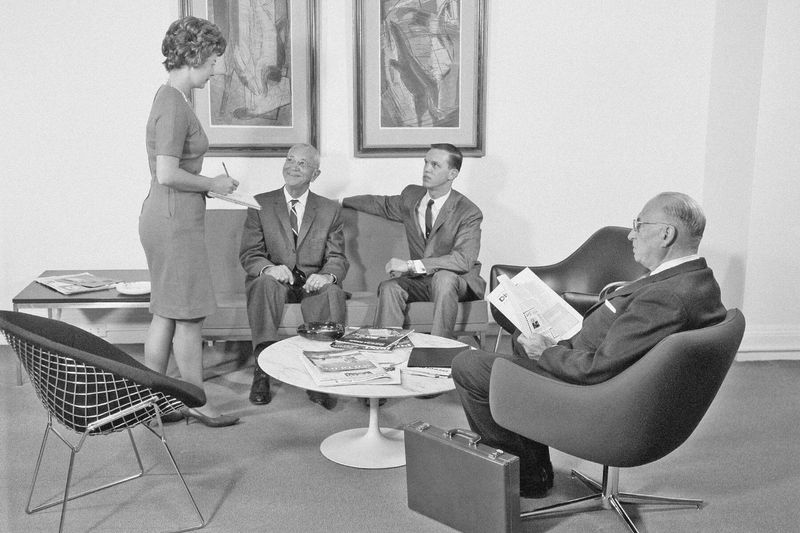
Companies once held entirely separate celebrations for different genders or organizational levels. Executives enjoyed lavish steakhouse dinners while clerical staff got punch and cookies in the break room.
Men might attend ribald entertainment venues while women had tea parties or cooking demonstrations. These segregated events reinforced workplace hierarchies and gender divisions.
Modern inclusive celebrations recognize that meaningful team building happens when barriers are removed, not reinforced through separate and unequal festivities.
12. Drinking Games with Career Consequences
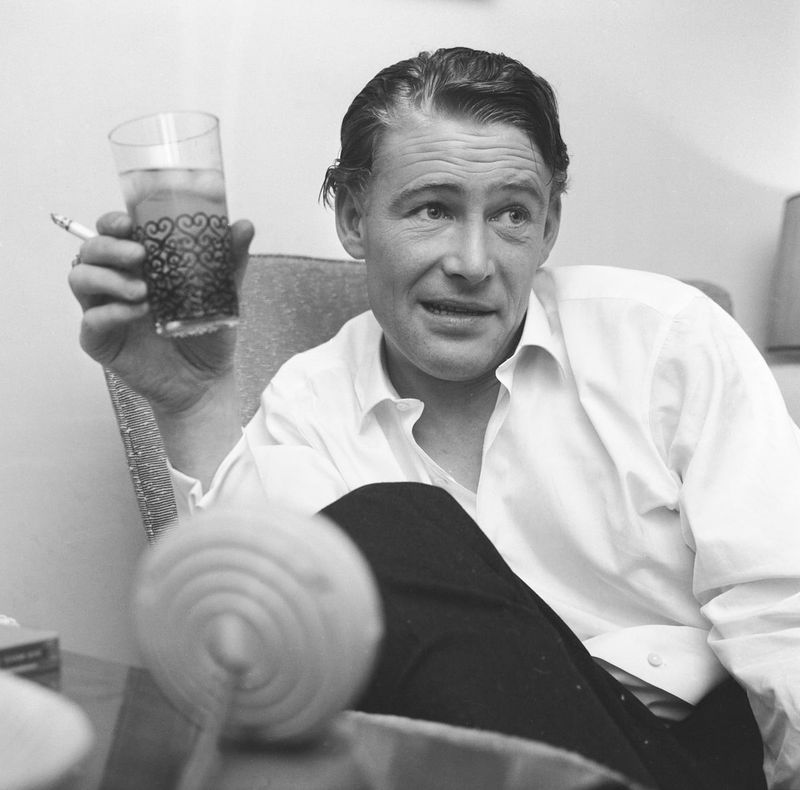
Competitive drinking games once determined unofficial workplace hierarchies. Refusing to participate marked employees as not being “team players” regardless of personal or health reasons.
These alcohol-centered rituals created environments where career advancement correlated with drinking capacity rather than job performance. The pressure to participate disadvantaged those with religious restrictions, health conditions, or recovery journeys.
